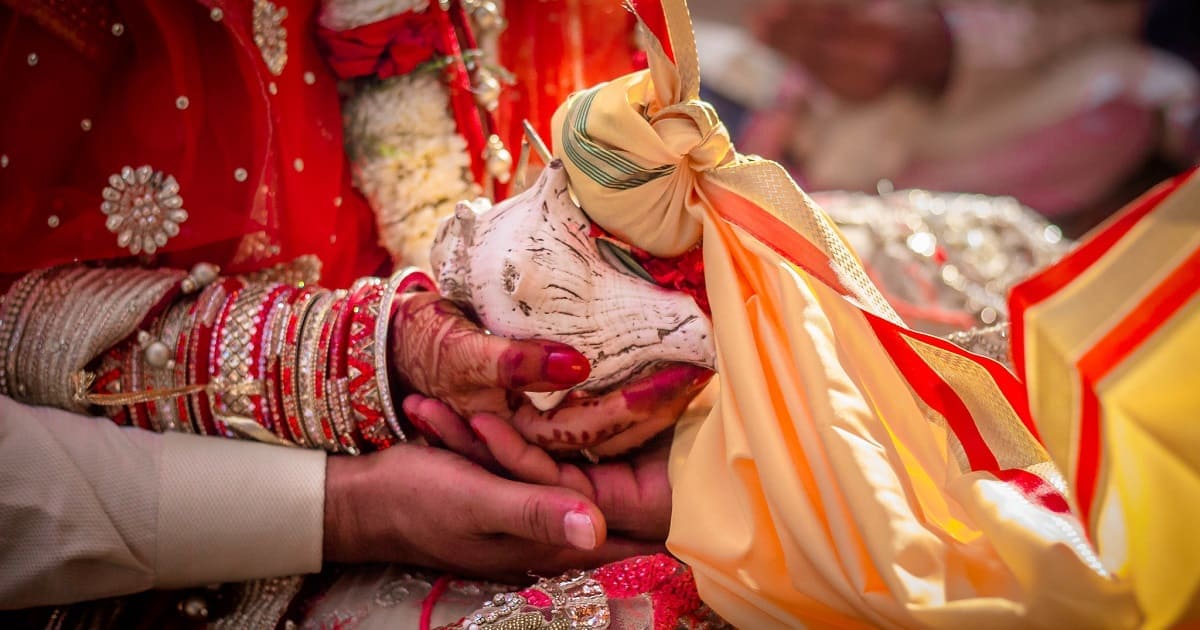
Kanyadaan & Sindoor Ritual: The Sacred Traditions of an Indian Wedding
Indian weddings are not just celebrations; they are a blend of love, culture, and traditions. Every ritual has a deep-rooted significance, bringing families together and marking the beginning of a new journey for the couple. Among the many sacred traditions, Kanyadaan and Sindoor Daan hold a special place in Hindu weddings. These rituals symbolize selfless love, devotion, and commitment, making them emotional and spiritually enriching moments. Let’s explore the meaning and beauty of these time-honored customs.
Kanyadaan – The Gift of a Daughter
One of the most emotional and spiritually significant rituals in a Hindu wedding is Kanyadaan. The term "Kanyadaan" is derived from two Sanskrit words: Kanya (daughter) and Daan (donation or gift). This ritual signifies the ultimate act of selfless giving by the bride’s parents as they entrust their beloved daughter to the groom.
Significance of Kanyadaan
In Hindu tradition, Kanyadaan is considered the most sacred form of charity. It represents the trust and faith of the bride’s parents in the groom, who is expected to love, respect, and care for their daughter throughout her life. It is believed that performing Kanyadaan grants spiritual blessings to the parents, and it is often considered an important duty in Hindu dharma.
How Kanyadaan is Performed
During this emotional moment, the father of the bride places her hand into the groom’s hand, symbolizing the transfer of responsibility. The priest chants sacred mantras, seeking blessings from the divine for a blissful and prosperous married life. The bride’s parents offer prayers, wishing for the couple’s happiness and lifelong togetherness.
Kanyadaan & Wedding Decor
Since Kanyadaan is one of the most heart-touching moments of the wedding, the ambiance should reflect its importance. A beautifully decorated mandap with fresh flowers, traditional drapes, and soft lighting can create a serene and divine setting for this sacred ritual.
Sindoor Daan – A Symbol of Marital Bliss
Sindoor Daan is another powerful and symbolic ritual that marks the transition of the bride into a married woman. The application of sindoor (vermilion) by the groom on the bride’s hair parting is a defining moment in t
Meaning & Importance of Sindoor
Sindoor is a symbol of love, commitment, and marital bliss. It signifies that the woman is married and is believed to bring prosperity and longevity to her husband. According to Hindu beliefs, the red color of sindoor represents power, passion, and fertility, making it a sacred adornment for married women.
How Sindoor Daan is Performed
After the wedding vows, the groom gently applies sindoor along the parting of the bride’s hair. This act marks the beginning of her new journey as a wife. The bride embraces this symbol of marital devotion, and many married women continue to wear sindoor as a mark of their love and commitment.
Creating a Beautiful Setting for Sindoor Daan
To enhance the beauty of this intimate moment, the wedding decor should focus on elegance and tradition. A delicately lit backdrop with flower garlands, candles, and traditional motifs can add a touch of grace and charm to this significant ritual.